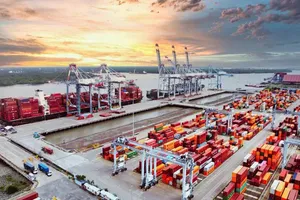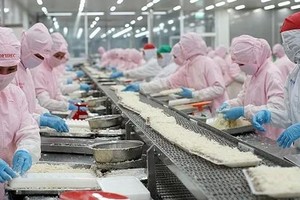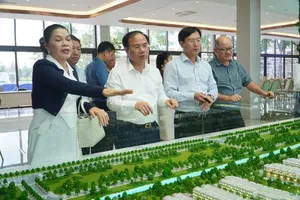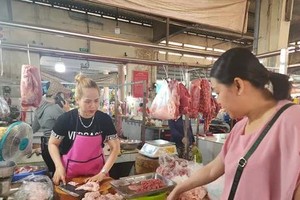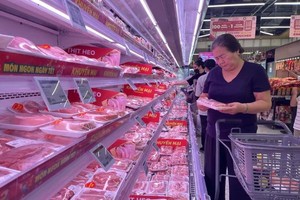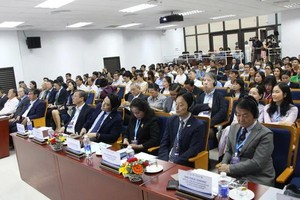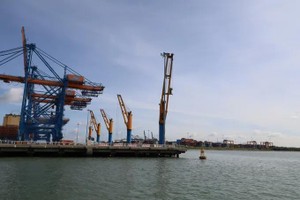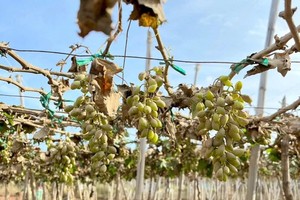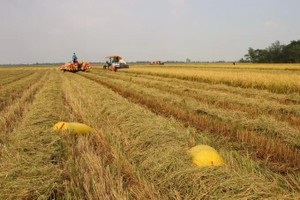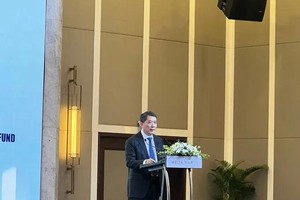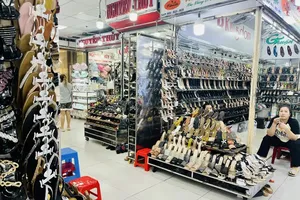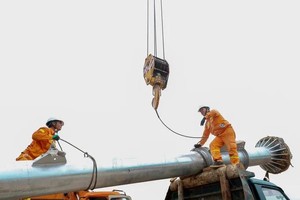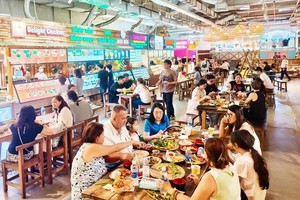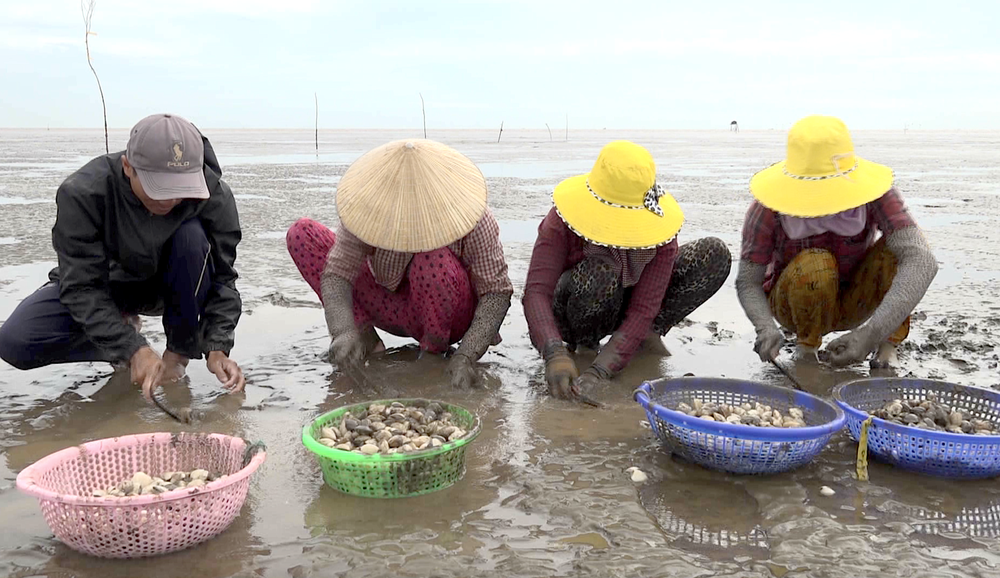
The Department of Agriculture and Environment of Tien Giang Province, on May 20, announced that more than 422 hectares of aquaculture farms across the province have received certifications under VietGAP, GlobalGAP, and the internationally recognized Aquaculture Stewardship Council (ASC) standards for sustainable practices. Local authorities are now accelerating the adoption of advanced, environmentally friendly, and climate-resilient aquaculture models, including ecological farming and graft-based techniques, as part of long-term efforts to sustainably enhance aquatic resources.
In recent months, authorities have been actively guiding clam farmers along Tan Thanh beach in Go Cong Dong District in applying scientific and technological innovations to improve product quality, raise public awareness on waste management, and help restore marine ecosystems. The farmers are also being supported in implementing the core components of a project to establish a conservation zone for clam broodstock and seed clams in the Tan Thanh coastal area.
To date, 350 hectares of clam farming in Go Cong Dong have been ASC-certified, making it the fourth clam farming area in Vietnam—and globally—to meet these stringent standards. This certification acts as a passport for Vietnamese clams to enter demanding markets such as Europe and Japan.
Currently, traders are sourcing commercial clams (50–60 pieces per kilogram) from Go Cong Dong at prices ranging from VND20,000 to VND25,000 per kilogram. With yields reaching 15 tons per hectare of water surface, clam farming has created jobs and increased incomes for an estimated 100,000 coastal residents.
Mr. Le Van Son, Chairman of the Go Cong Dong District People's Committee, confirmed that the local administration is working with the International Collaborating Center for Aquaculture and Fisheries Sustainability (ICAFIS) and Oxfam to develop a clam fishery management zone aligned with Marine Stewardship Council (MSC) standards in Go Cong Dong.

Beyond clams, Tien Giang's coastal areas are also expanding the farming of blood cockles, oysters, shrimp, and various fish species. Among these, white-leg shrimp has been a particular focus due to the region’s brackish and saline water conditions, which are favorable for intensive and high-tech farming.
The province currently has around 4,895 hectares of coastal shrimp farms, including more than 3.2 hectares of intensive farming. Annual output is estimated at 19,850 tons, with production concentrated in Tan Phu Dong and Go Cong Dong districts.
According to Mr. Le Thanh Dang, Vice Chairman of the Tan Phu Dong District People's Committee, the region's aquaculture sector has received sustained investment under the Nam Go Cong Development Project. A range of irrigation infrastructure projects have been implemented to support both aquaculture and marine capture fisheries, with shrimp farming operated under both extensive and industrial models.
Provincial authorities have also been helping shrimp farmers integrate new technologies, including the use of probiotics combined with bottom aeration systems and two-stage farming models for white-leg shrimp. Across the coastal localities, training sessions, technical workshops, and knowledge transfers are being organized to help farmers access and adopt suitable, efficient aquaculture models.
Tien Giang has now developed close to 3,800 hectares of aquaculture farms, mainly for black tiger shrimp, white-leg shrimp, bivalve mollusks, and catfish. By 2025, the province plans to expand its aquaculture footprint across freshwater, brackish, and saline ecosystems to around 15,000 hectares.
In parallel, local authorities are stepping up enforcement against unauthorized aquaculture operations along the coast. Violators are being documented and sanctioned. Public outreach is also underway to encourage compliance with aquaculture regulations, with the promise of technical support and training to help farmers increase productivity and build sustainable supply chains.
